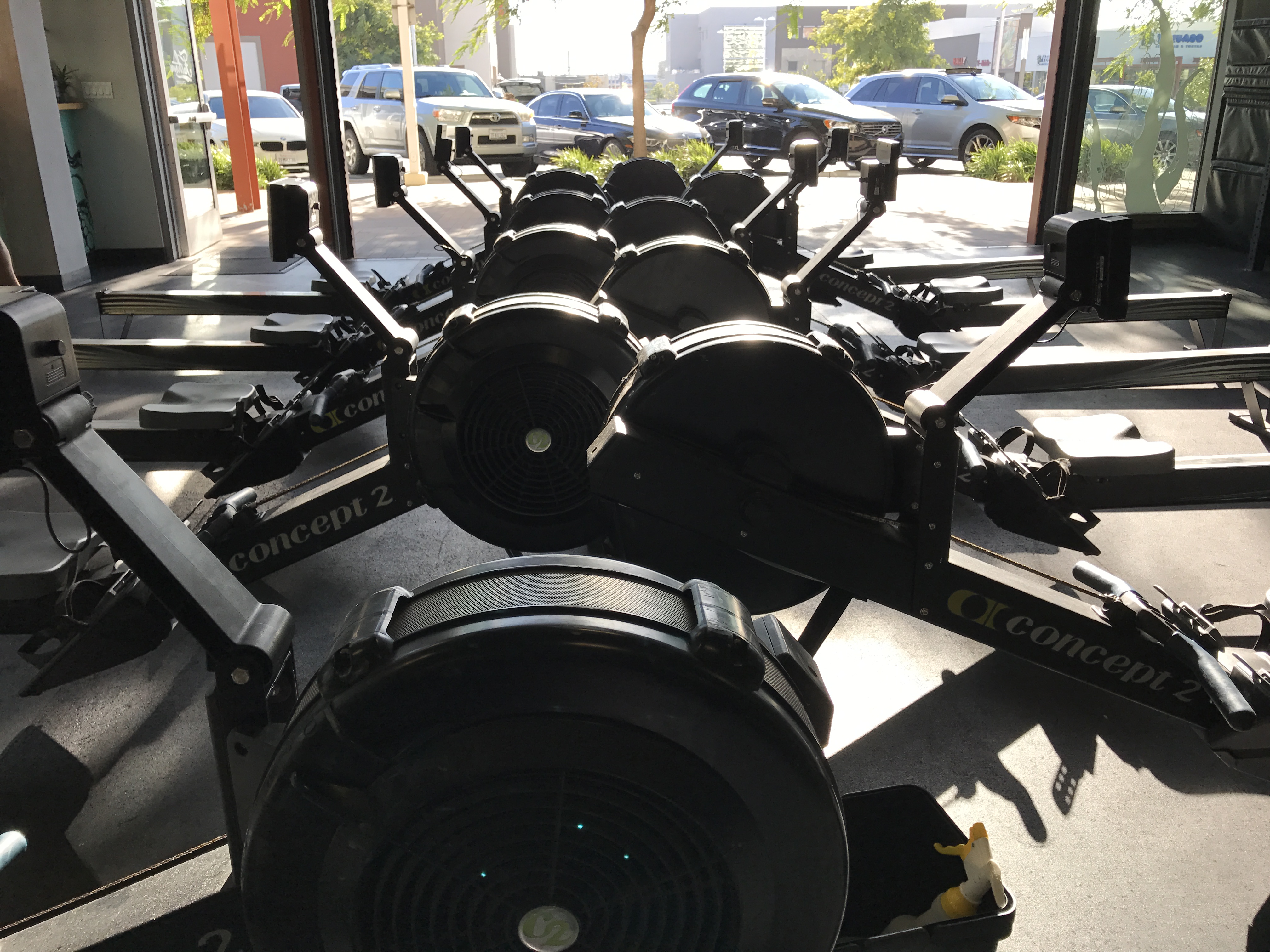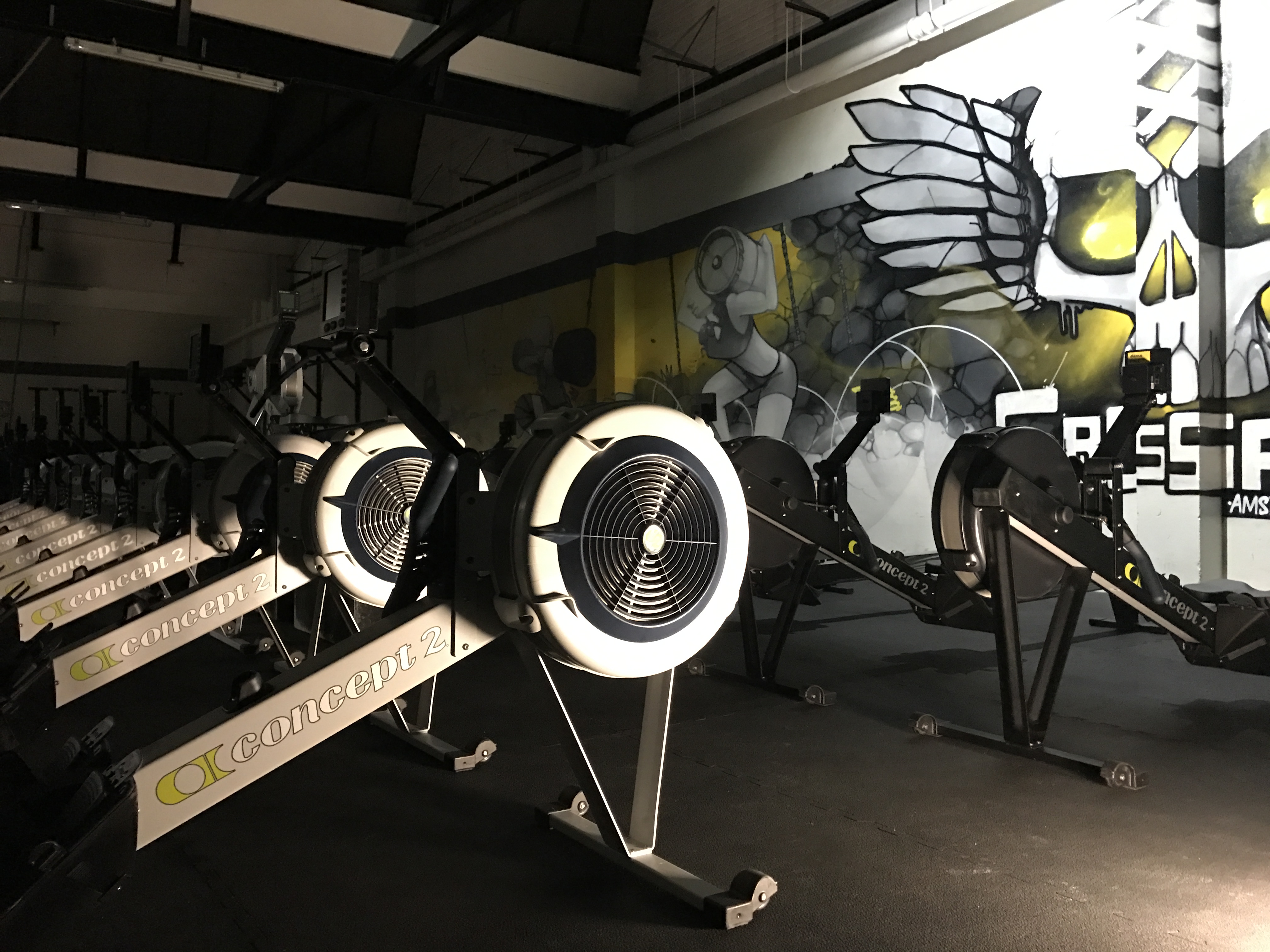
How to Find Your True Potential
Most people understand potential as an unrealized ability. In our case, that ability is our fitness and reaching the best possible results on the rowing machine. While being effective and efficient leads to improvement, it doesn’t show you the current limits of your performance ability.
Everyone is working at a relative intensity but the true question is how high your intensity is relative to your maximum capabilities. This is when your true potential matters. You need to know more about your peak performance to be able to achieve a real scaled intensity. So to understand how far you truly are from your potential, we need to take a deep look at a few things.
Accuracy
Before diving into actual data, there are a few things to understand. Calculating your potential, especially in rowing, is based on a vast amount of historical data. It gives you a general idea of your peak performance across many data points based only on a couple of tests.
We find it most accurate for efficient athletes – efficient being someone who’s performance is balanced across different time and distance domains. As such, the goal is to then be able to predict results using a system that gets more accurate over time.
From Test to Application
Peak performance testing has been quite common in measuring potential since the 1970’s and is most often derived by what is known as the Wingate Test. Although the short 30 to 120-second duration may not look like much of a workout, it requires full effort and complete focus to create accurate results – results through some simple calculations based on historical data that can be translated across all domains.
These results can then be compared to actual test results to show how far an athlete is from their potential. Comparisons such as these can reveal a lot about what an athlete needs to do in order to realize their potential. In other words, you can say it will reveal some holes in one’s game. This test is usually performed on a cycling ergometer but with the high popularity of the Concept2 machine there is a way to achieve great results on the rowing erg as well.
Wingate Test with a Rowing Ergometer
After a proper warm up get on the rowing machine for a few minutes and row at moderate intensity (approximately 60%). Then, set the damper between 8 and 10 and set the monitor up with time intervals at :30 seconds work and 2 minutes rest.
When you are ready, start the first interval at moderate intensity. After this 2:30 start the second interval with :30 seconds maximum effort. Your score will be the achieved in meters during this short period of time. Then, repeat the interval until you can beat your previous distance.
Current Potential
So how can you trust the results from a single anaerobic test? Besides refining your historical data, minimizing the variables (nutrition, sleep, etc.) through correct preparation, and becoming efficient in your sport, the only thing you can do is repeat this test on a regular basis.
By testing your peak performance every 3-6 months and comparing it to your actual results across all domains (short and long distances or anaerobic and aerobic events) you can achieve more accurate indications about your training. Do not forget that these types of tests show your CURRENT ability and as you improve, get injured, or have setbacks, your potential changes too.
Training Application
Data is worth nothing unless you know how to apply it to your training. Training shouldn’t be random and your focus should be to get closer to your potential across all domains of time, distance, and energy systems, all while increasing your efficiency. By understanding where your potential lies and knowing what you need to work on, you can know what to look for in supplementing your training program.
Conclusion
When you compete every tenth-second counts. What if a workout with 6 x 500 with 2 minutes rest at working percentages of 90/92/94/96/98/100 comes up? Do you know your exact targets?
If you CrossFit, what if you have a workout where you have 4 rounds of 35 calories to row with 25 toes-to-bar and 15 dumbell snatches? Do you know what cal/h average you should keep to maximize your desired effort?
This is when a peak performance test is useful. You can know all the answers to these questions. First, you need to become as efficient as possible in your performance to increase the accuracy of your calculations. Then, you can begin to point out the effects of your current training and what you need to do moving forward. And lastly, repeat performance testing periodically to realize your true potential as an athlete over time.
No products in the cart.


